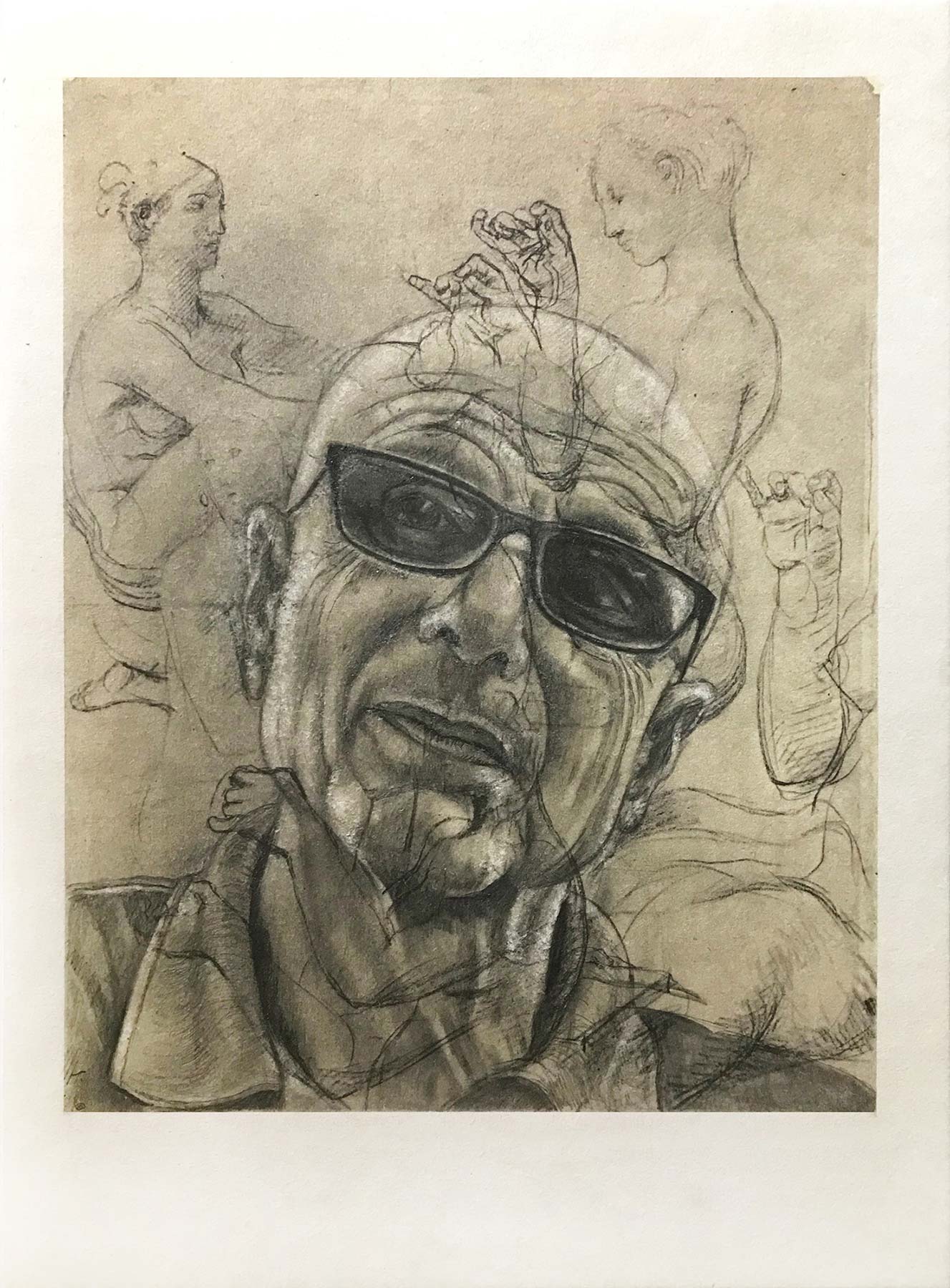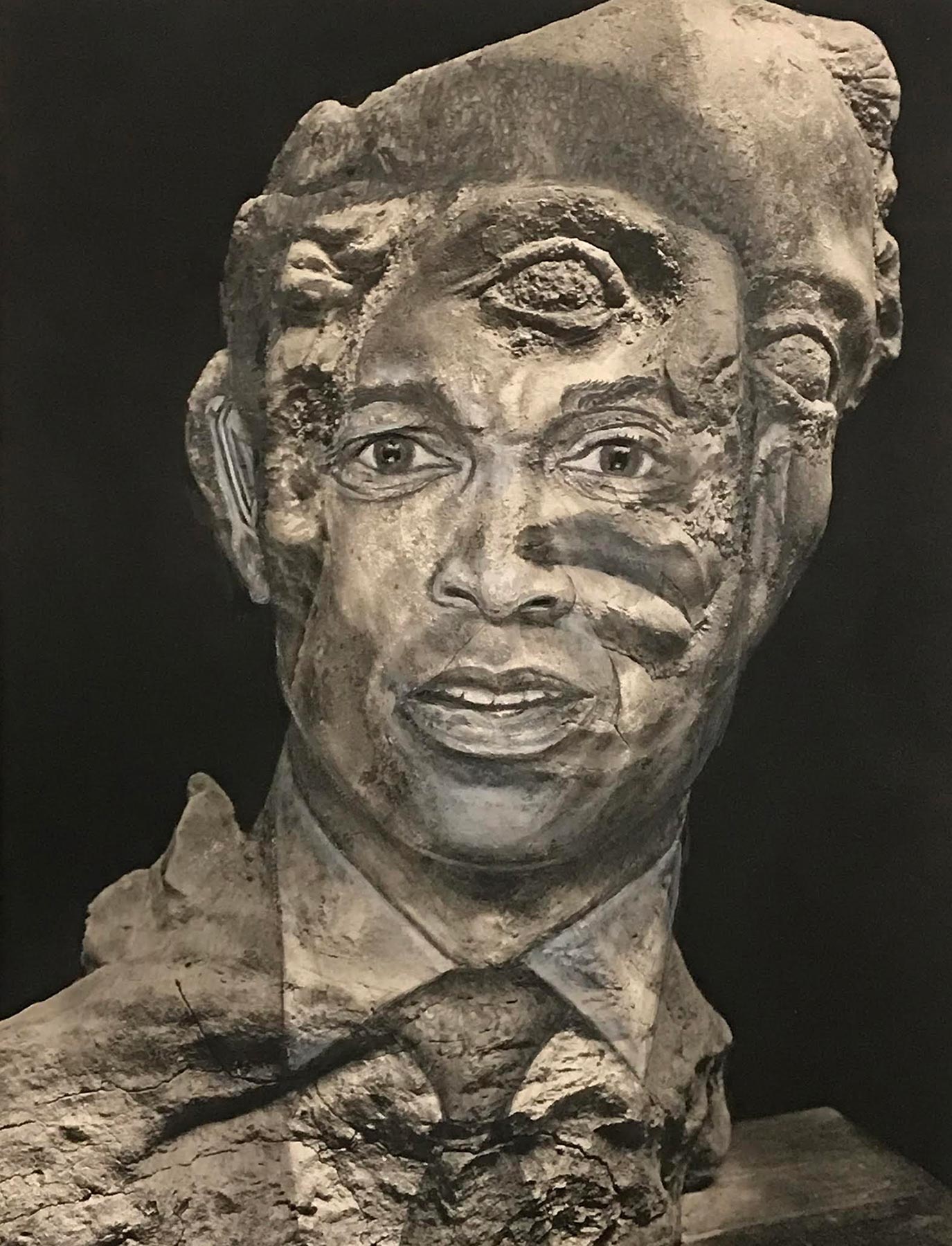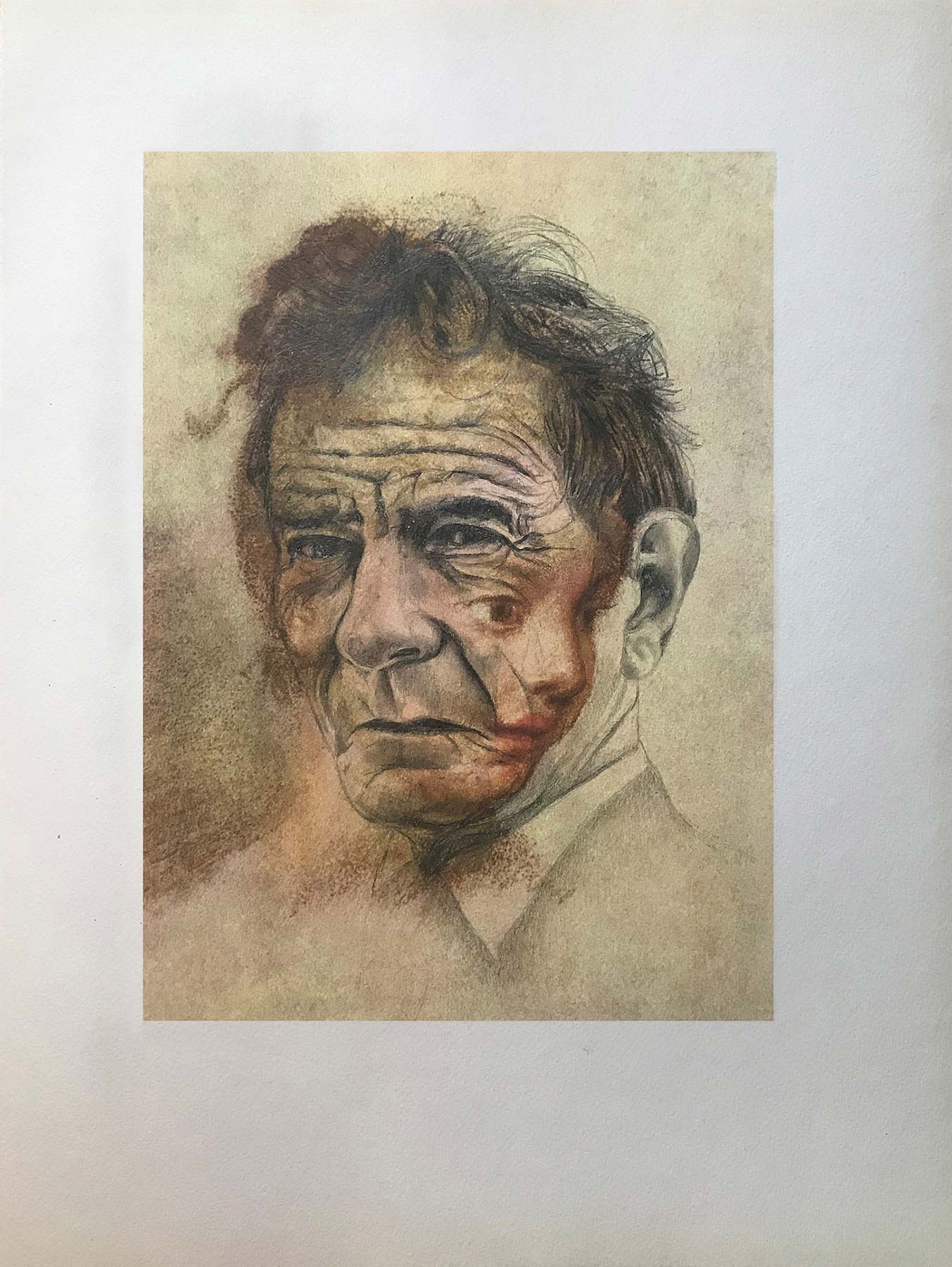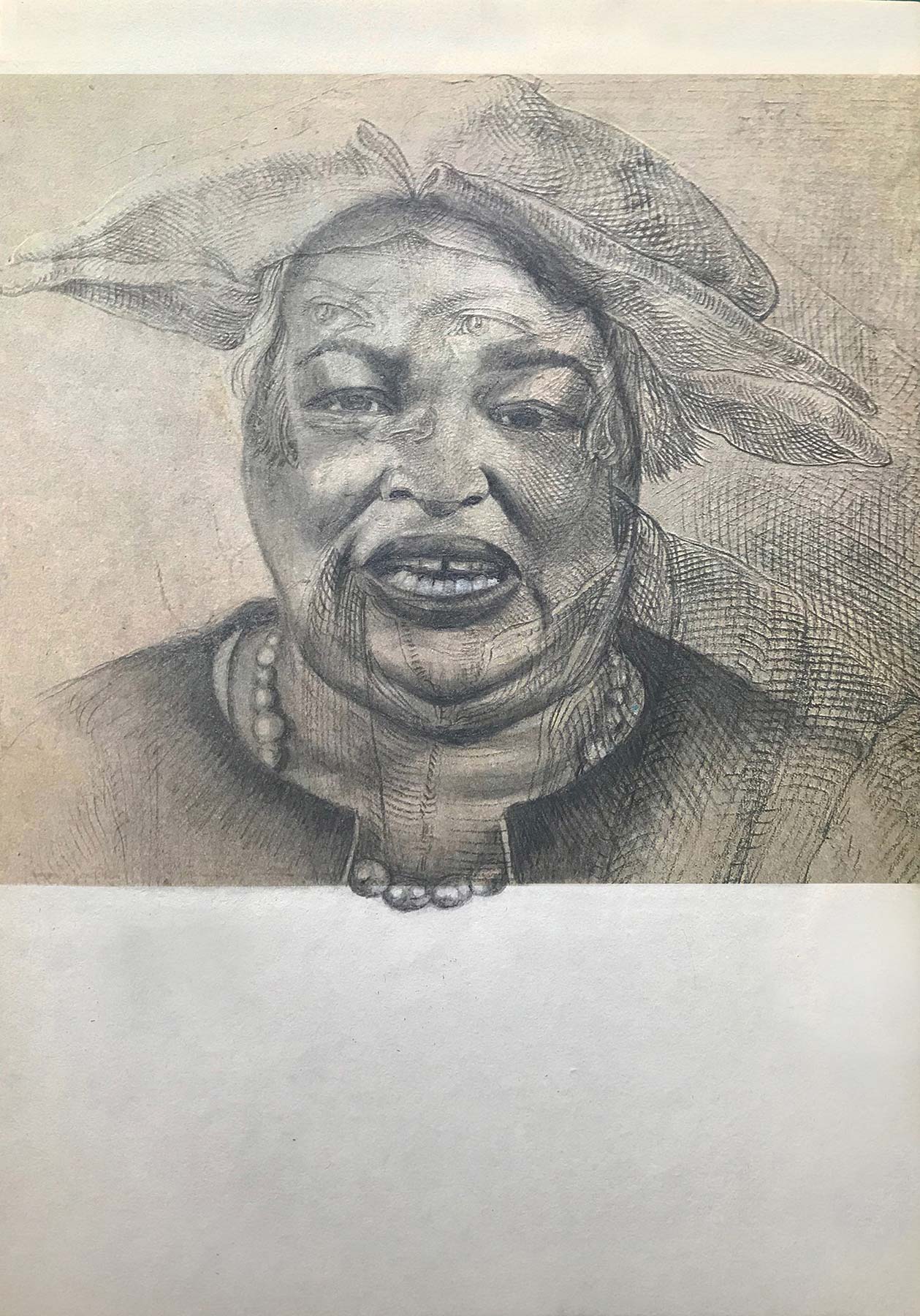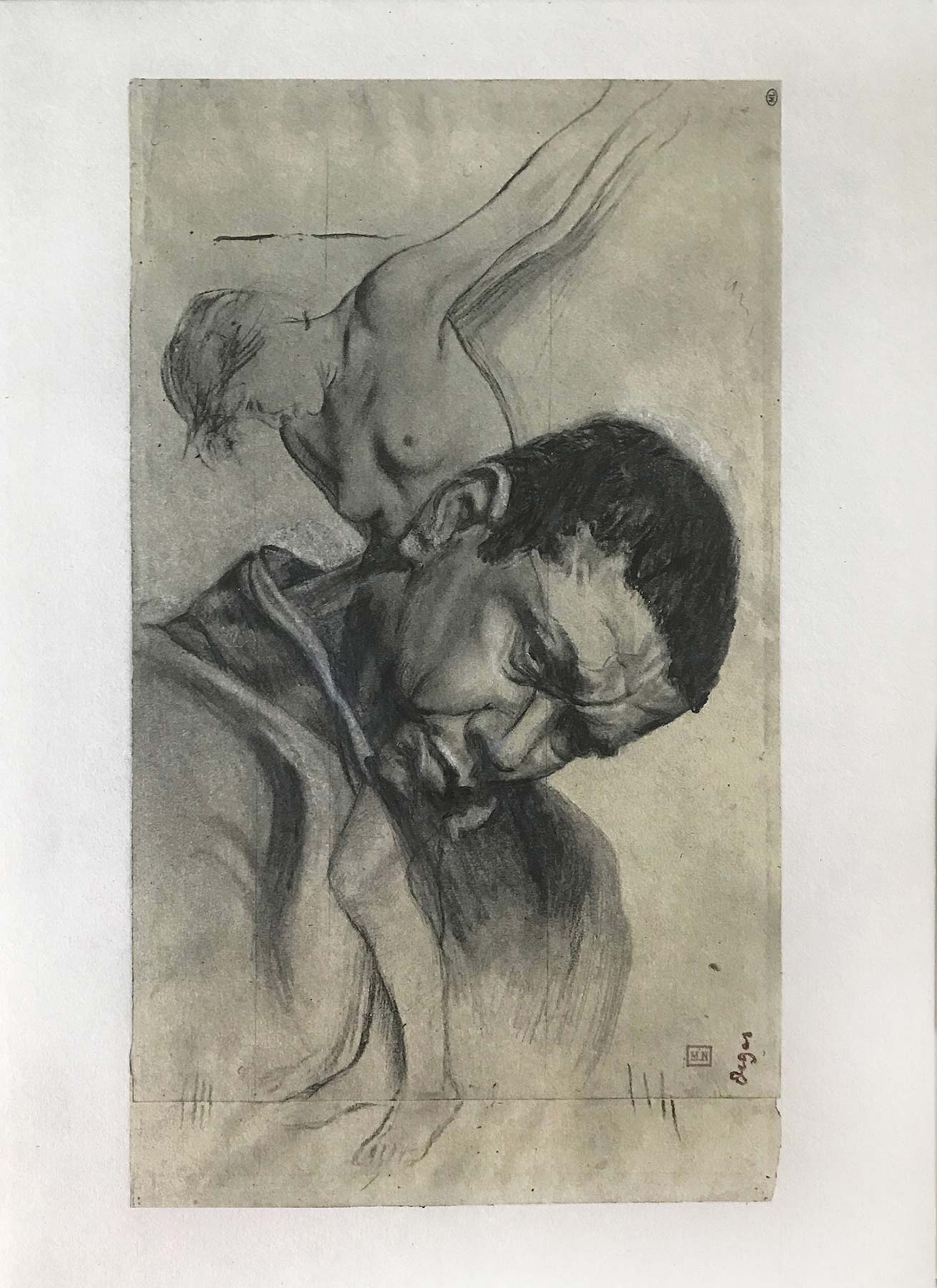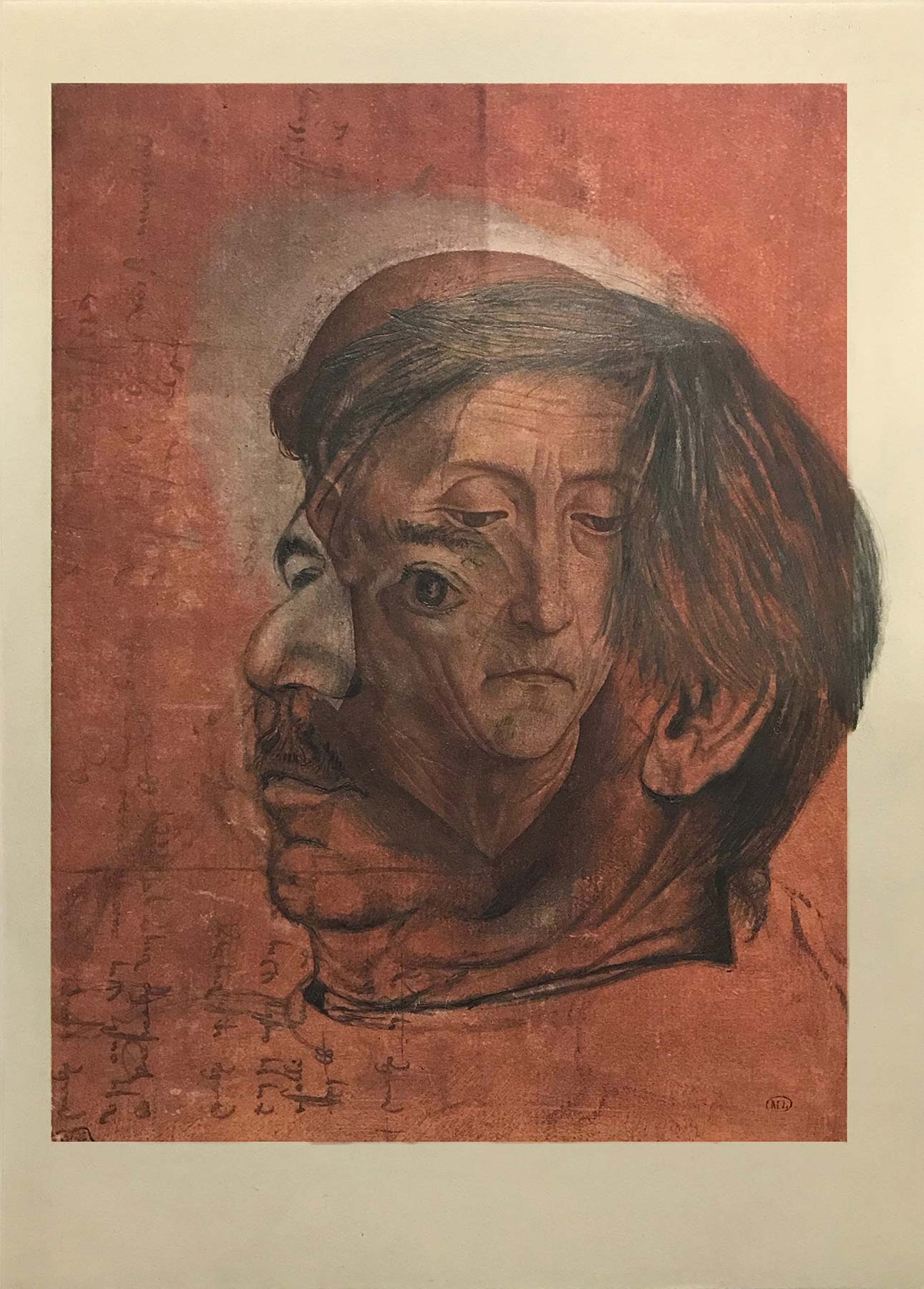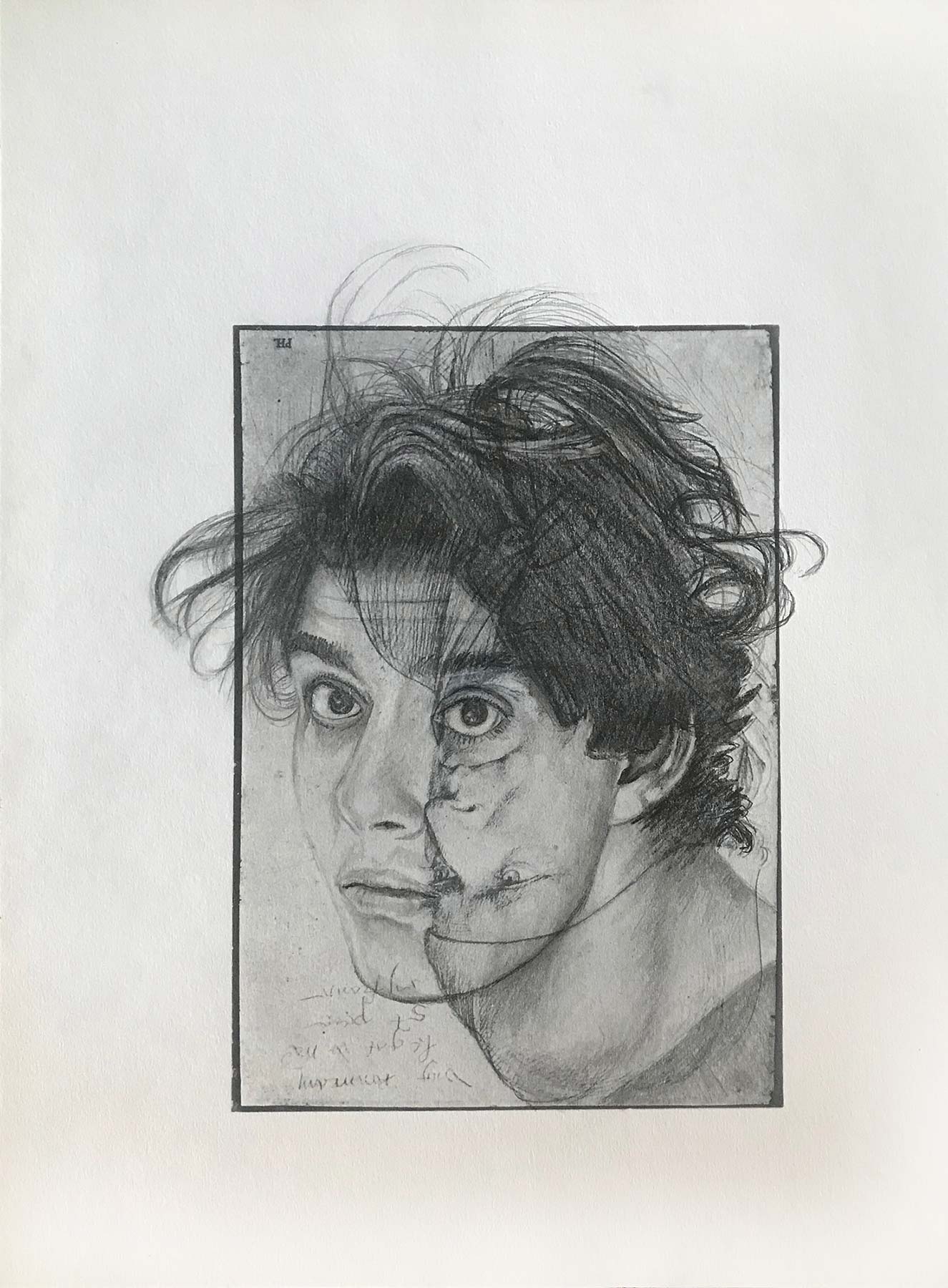
Marc Travanti, Kenosha
2020–21 RAM Artist Fellowship Award Recipient
Born in Kenosha, Wisconsin, in 1956, Marc Travanti’s interest in art began at an early age. Travanti attended the University of Wisconsin-Parkside from 1974 to 1976, transferring when he learned that the University of Wisconsin-Whitewater had just built a new ceramics facility. He received a BFA in 1978 with an emphasis in ceramics. Travanti went on to attend graduate school at the University of Colorado-Boulder where he was accepted into their sculpture program, graduating with an MFA in 1980.
After graduate school, Travanti moved to New York City where he taught at the Nightingale Bamford School and where his work was exhibited at a variety of locations including White Columns, The Alternative Museum, and The New Museum. His work has also been shown in a variety of international locations including Prague, London, Paris, and Berlin.
Travanti moved back to Kenosha in 2018. For the past several years, he has shifted from ceramics to drawing portraits of his family, friends, and others.
Artist Statement
My current work is a series of portraits drawn on pictures of celebrated art, landscapes, and architecture found in used historical books. It is a process that merges contemporary imagery with moments of the past. In the merging, I look for a shared iconography between cultures and time.
Initially, I drew myself, family, and friends, and later included people in the news, such as politicians, newscasters, and actors. In addition to the recognizable subject matter in historical books, I am attracted to the worn physicality of book pages, and the somber, monochromatic quality of pictures. When drawing a person, I usually look for an unexpected facial expression that conveys something I did not know about them. My selection of whom to draw on which found picture is not calculated. Instead, I prefer random combinations leading to psychological implications. These portraits have become part of my personal biography. The individuals I have drawn are participating in my own narrative just as much as I am representing and re-situating their narratives.
Marc Travanti, Kenosha
2020–21 RAM Artist Fellowship Award Recipient
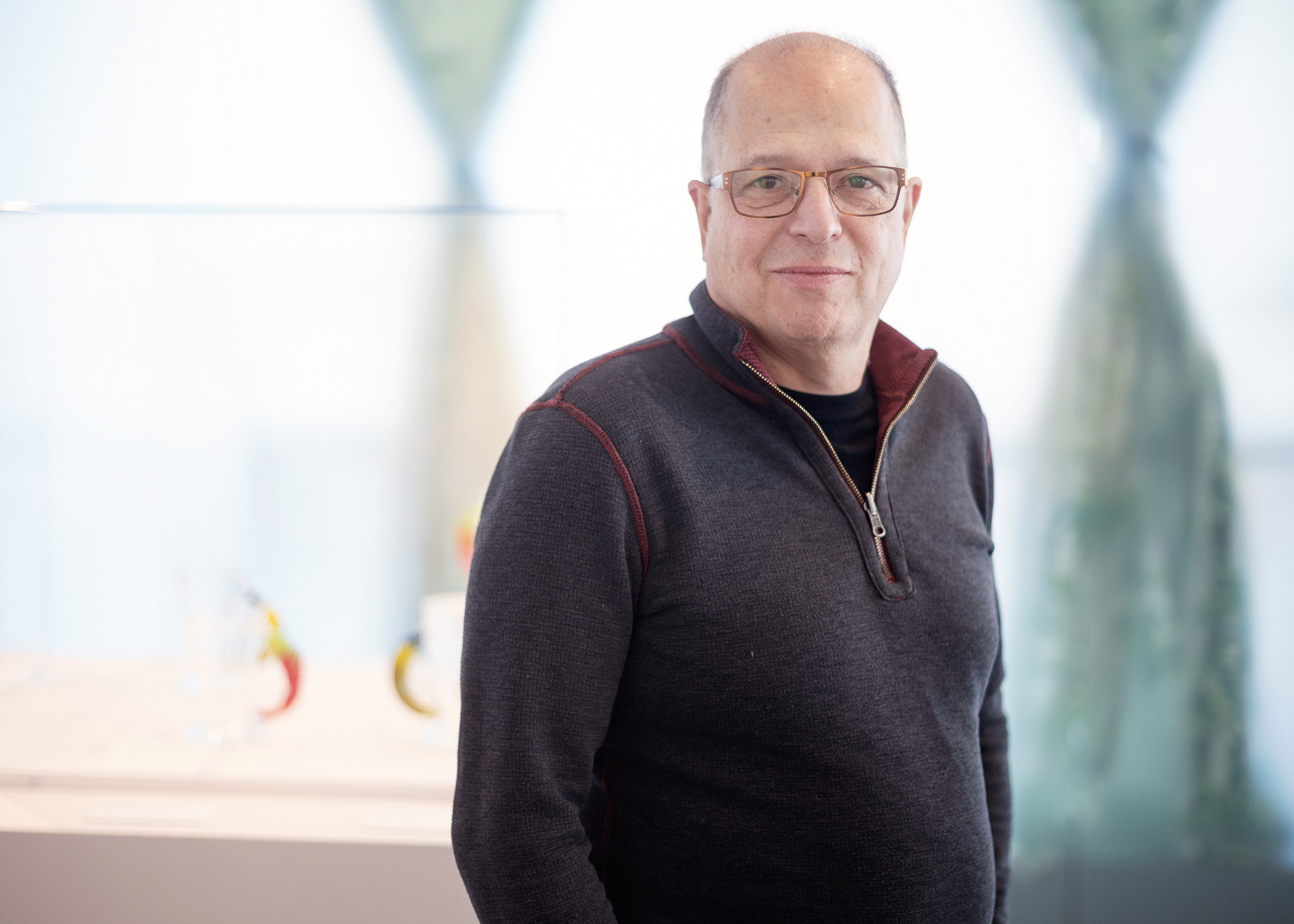
Photography: Camela Langendorf, Varitay Studios
Born in Kenosha, Wisconsin, in 1956, Marc Travanti’s interest in art began at an early age. Travanti attended the University of Wisconsin-Parkside from 1974 to 1976, transferring when he learned that the University of Wisconsin-Whitewater had just built a new ceramics facility. He received a BFA in 1978 with an emphasis in ceramics. Travanti went on to attend graduate school at the University of Colorado-Boulder where he was accepted into their sculpture program, graduating with an MFA in 1980.
After graduate school, Travanti moved to New York City where he taught at the Nightingale Bamford School and where his work was exhibited at a variety of locations including White Columns, The Alternative Museum, and The New Museum. His work has also been shown in a variety of international locations including Prague, London, Paris, and Berlin.
Travanti moved back to Kenosha in 2018. For the past several years, he has shifted from ceramics to drawing portraits of his family, friends, and others.
Artist Statement
My current work is a series of portraits drawn on pictures of celebrated art, landscapes, and architecture found in used historical books. It is a process that merges contemporary imagery with moments of the past. In the merging, I look for a shared iconography between cultures and time.
Initially, I drew myself, family, and friends, and later included people in the news, such as politicians, newscasters, and actors. In addition to the recognizable subject matter in historical books, I am attracted to the worn physicality of book pages, and the somber, monochromatic quality of pictures. When drawing a person, I usually look for an unexpected facial expression that conveys something I did not know about them. My selection of whom to draw on which found picture is not calculated. Instead, I prefer random combinations leading to psychological implications. These portraits have become part of my personal biography. The individuals I have drawn are participating in my own narrative just as much as I am representing and re-situating their narratives.
Interview with the Artist
Would you please describe your work—what materials you use; what subject matters you explore?
I have worked in the realms of painting, drawing, sculpture, video, photography, ceramics, and performance. I often make work that connects popular American culture with artwork from past.
My current work consists of portraits of myself, relatives and friends, as well as actors, politicians and newscasters. I draw them on found pictures of art, landscapes, and architecture in old historical books.
My process begins by taking several photos—often discreetly—of a person’s face. I choose one of the photos to use as reference material while drawing. I usually look for a facial expression that is surprising to me—an expression of a particular moment that does not necessarily correspond to the obvious nature of that person. Then I search for the image to draw on. I prefer historical images from used books because the subject matter, as well as the color deterioration of the paper page, denotes a time clearly different from the present.
I draw mostly with pencils. Sometimes I use charcoal, ink or acrylic paint—primarily when I want to attain a whiter white or a blacker black. Occasionally, I will erase the ink on the printed image in order to achieve a white area. I do intend a likeness of the person, however, the primary motivation for each piece is the psychological implications caused by the merging of two distinct images from two distinct times.
How often are you in your studio? Do you work outside of your studio much or at all?
I spend about thirty hours a week working on my art. Because the drawings are small and my process is portable, I can do it anywhere—usually all I need is a book and a few pencils. So, essentially, wherever I work is my studio. During COVID, however, most of my art has been done at my house.
What inspires you most these days? But also what do you go to bed thinking about most nights?
These days, people inspire me most—interacting with and consciously observing the facial features of a person; identifying with their mood and feelings. Sometimes, I think the goal of an artist is to be psychic. I can achieve that through intense use of the senses, mainly the eyes.
I am also inspired by art from the past; particularly black and white images of historical art in old books.
Often, I go to bed thinking about whomever interacted with that day and the details of the interactions. I also think about artwork I am currently engaged in, as well as new directions. And, sometimes, I go to bed thinking about my plans for the next day.
What does it mean to you to get recognition as a RAM Fellowship Artist?
I appreciate the opportunity to exhibit my work at RAM’s Wustum Museum. Having a show there has been a goal since I moved back to Kenosha. I hope that exposure at RAM will lead to more exhibition opportunities in the area including Milwaukee and Chicago.
Sample of Work
Click/tap an image for more information


